Experiencing issues with your laptop touchpad not working properly while charging can be frustrating. This problem may be caused by electrical grounding issues, outdated drivers, or hardware malfunctions. This article provides several methods to help you resolve this issue.
Check for electrical grounding issues
Electrical grounding problems can interfere with the touchpad's functionality when your laptop is plugged in. To determine if this is the issue:
- Ensure that your laptop charger is properly plugged into a grounded outlet.
- Try using a different power outlet, preferably one in another room or building.
- Use a power strip or surge protector with grounding indicators to verify proper grounding.
- Test with a different charger that is compatible with your laptop.
If the touchpad works correctly when the laptop is running on battery power but malfunctions when charging, it's likely a grounding issue.
Update the touchpad driver
Outdated or corrupted touchpad drivers can cause functionality problems. Updating the driver may resolve the issue.
- Press
Windows key + Xand select Device Manager from the menu.
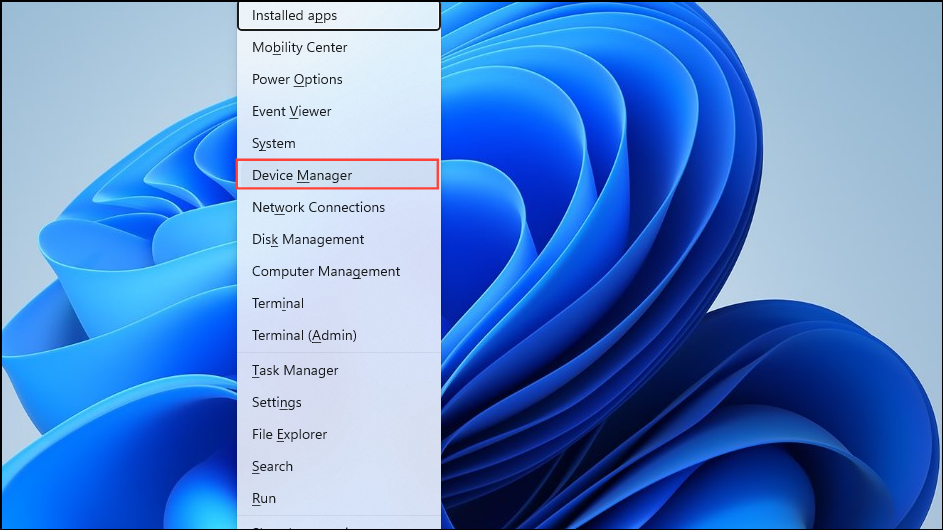
- Expand the Mice and other pointing devices category.

- Right-click on your touchpad device (e.g., HID-compliant touchpad or your touchpad manufacturer's name) and select Update driver.
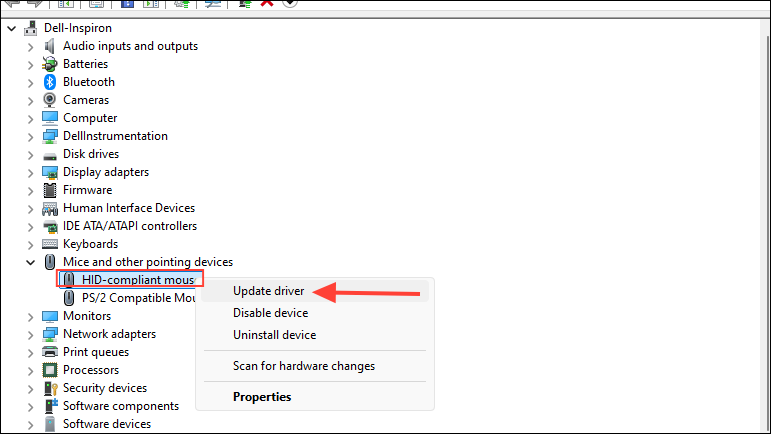
- Choose Search automatically for drivers to let Windows find the latest driver.
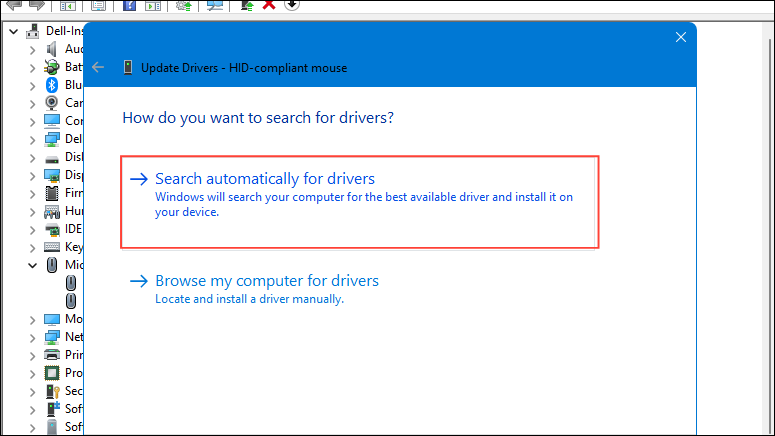
- Follow the on-screen instructions to complete the update.
If Windows doesn't find a new driver, visit your laptop manufacturer's website to download the latest touchpad driver specific to your model.
Disable and re-enable the touchpad
Restarting the touchpad can sometimes fix temporary glitches.
- Press
Windows key + Xand select Device Manager.

- Expand the Mice and other pointing devices category.

- Right-click on your touchpad device and select Disable device.
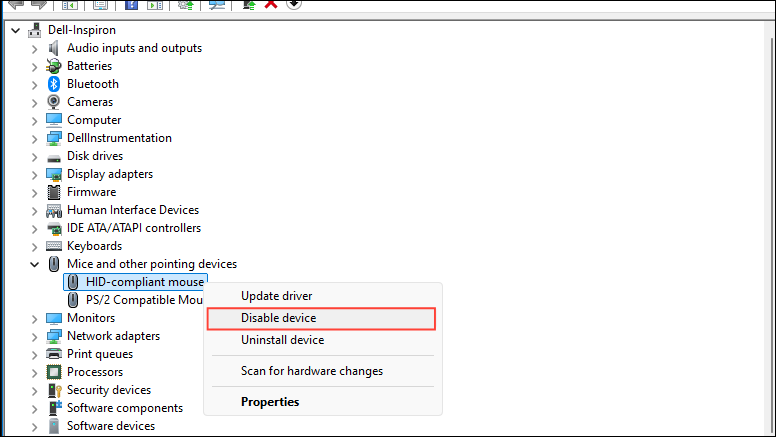
- Click Yes to confirm.
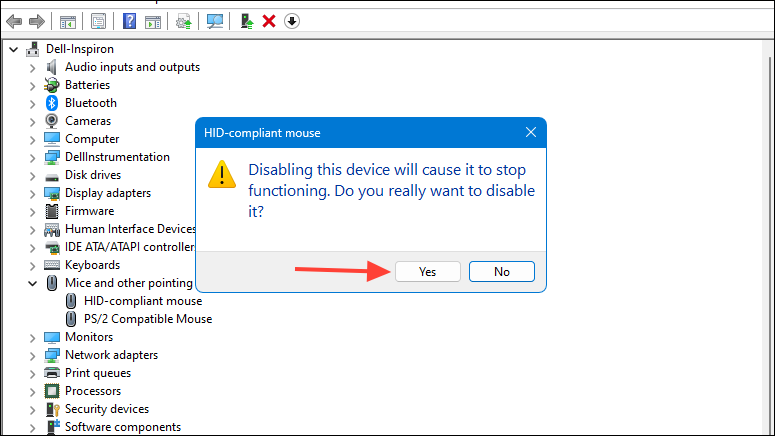
- Right-click on the touchpad device again and select Enable device.
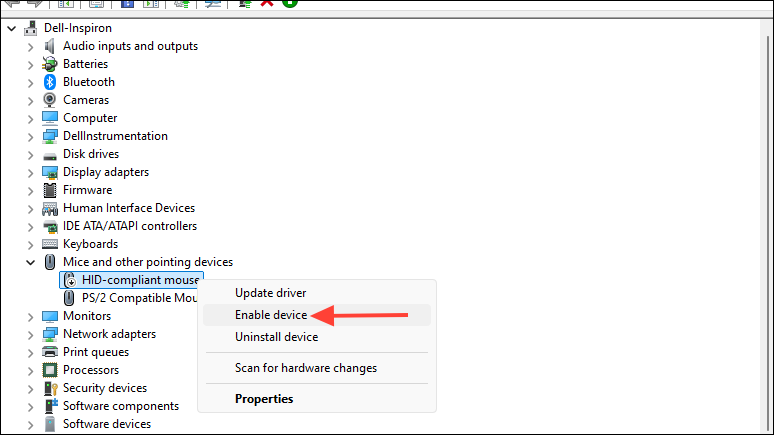
Check if the touchpad functions correctly while the laptop is charging.
Adjust touchpad settings
Modifying your touchpad sensitivity and power management settings may improve its performance.
Change touchpad sensitivity
- Press
Windows key + Ito open Settings.
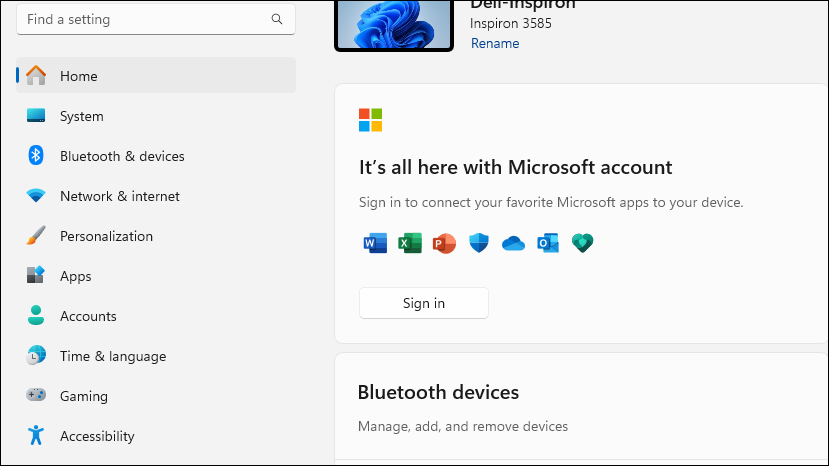
- Click on Bluetooth and Devices, then select Touchpad.
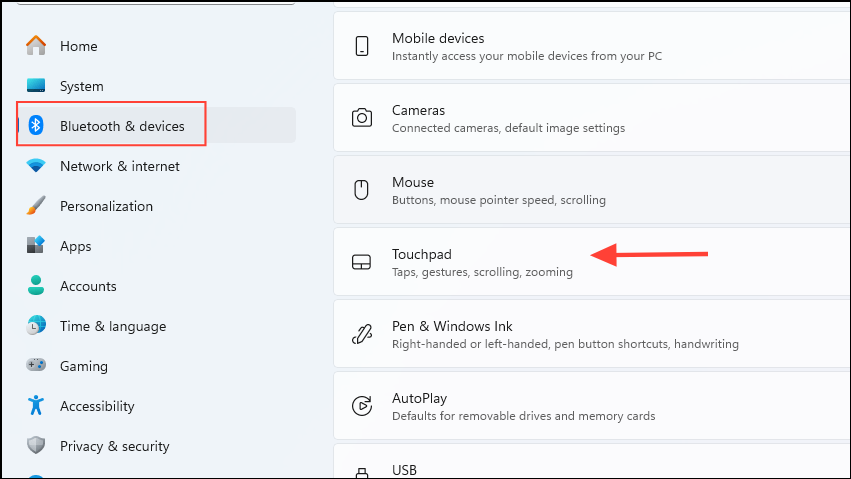
- Click on the Taps dropdown menu to access the Touchpad sensitivity setting.
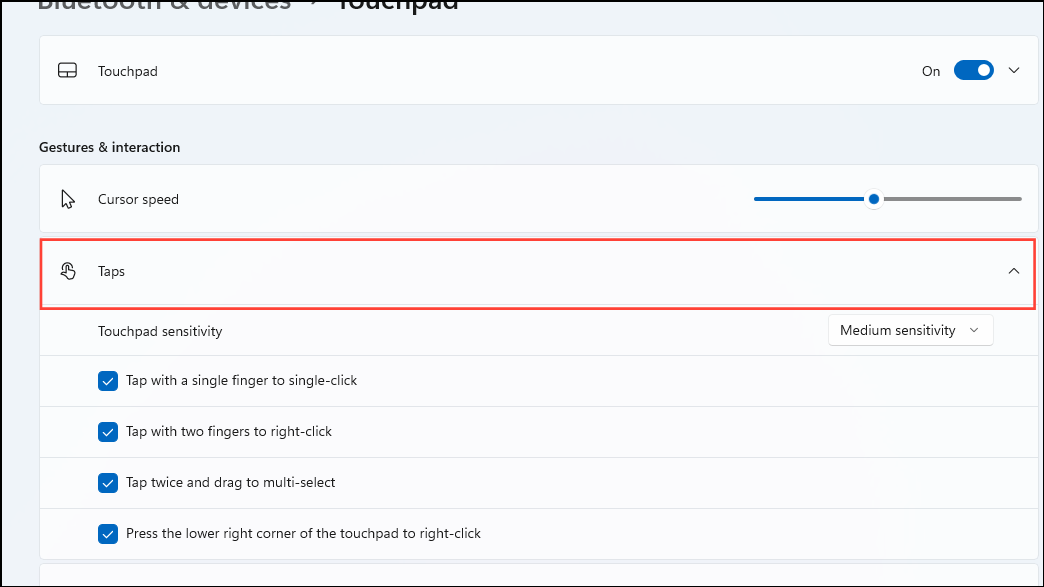
- Under Touchpad sensitivity, choose a higher sensitivity level.
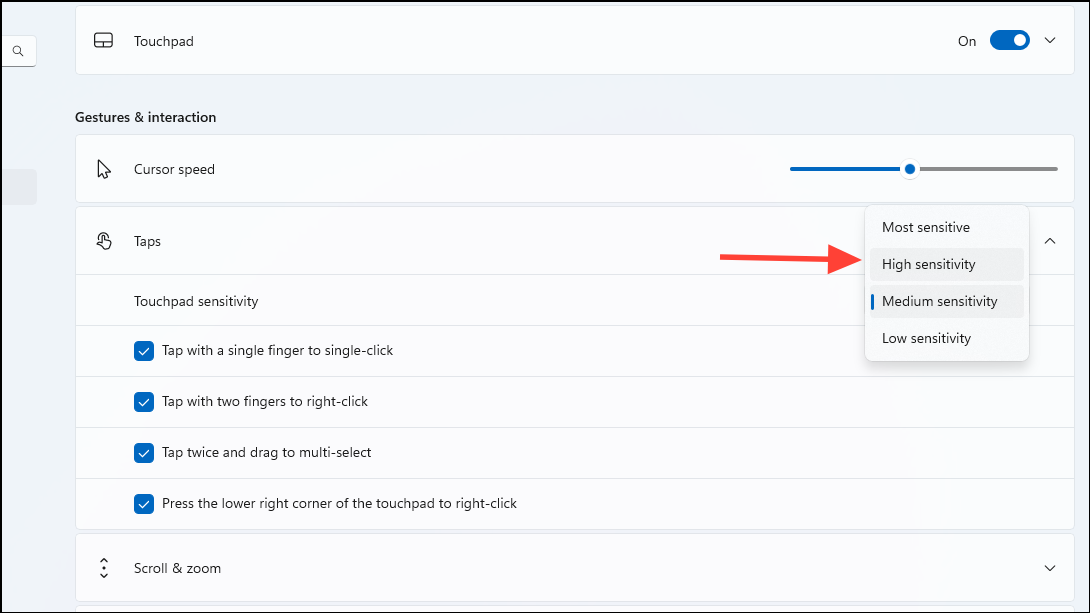
Modify power management settings
- In Device Manager, expand the Mice and other pointing devices category.

- Right-click on your touchpad device and select Properties.

- Navigate to the Power Management tab.

- Uncheck the box that says Allow the computer to turn off this device to save power.
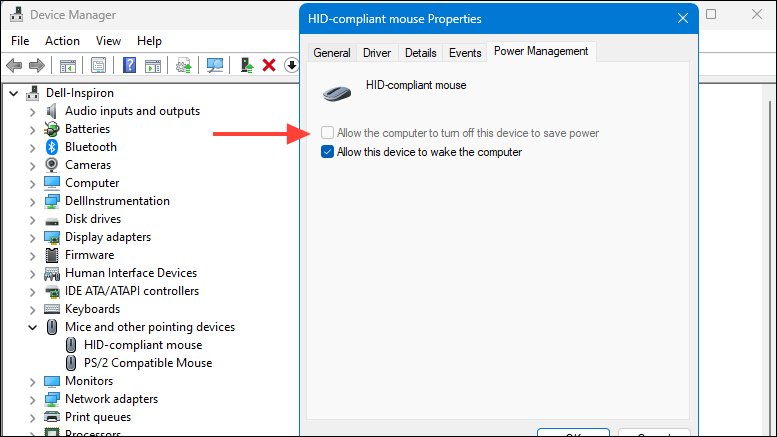
- Click OK to apply the changes.
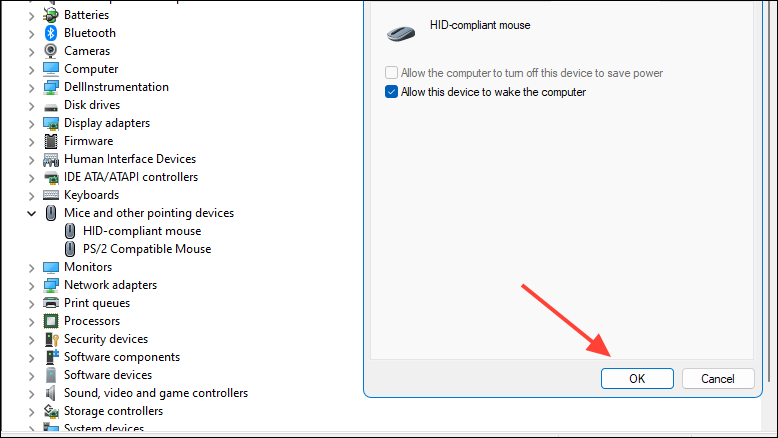
Perform a hard reset
A hard reset can help clear residual electrical charge and resolve hardware issues.
- Shut down your laptop completely.
- Disconnect the charger and all peripheral devices.
- If your laptop has a removable battery, remove it carefully.
- Press and hold the power button for at least 15 seconds.
- Reinstall the battery if you removed it.
- Reconnect the charger and power on your laptop.
Test the touchpad while the laptop is charging to see if the issue persists.
Resolving touchpad issues while charging involves checking for grounding problems, updating drivers, and adjusting settings. By following these steps, you can restore your touchpad's functionality and enjoy uninterrupted use of your laptop.


